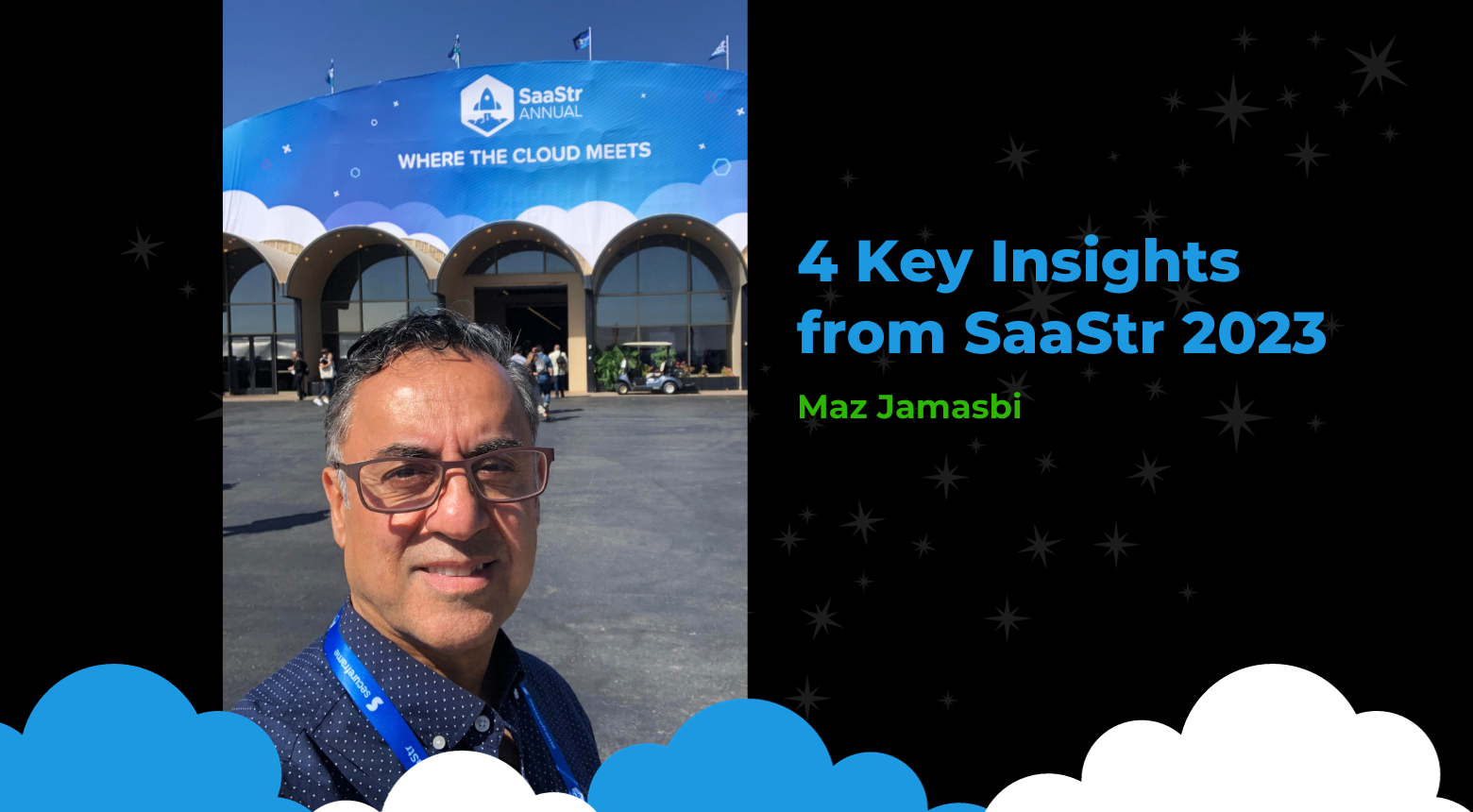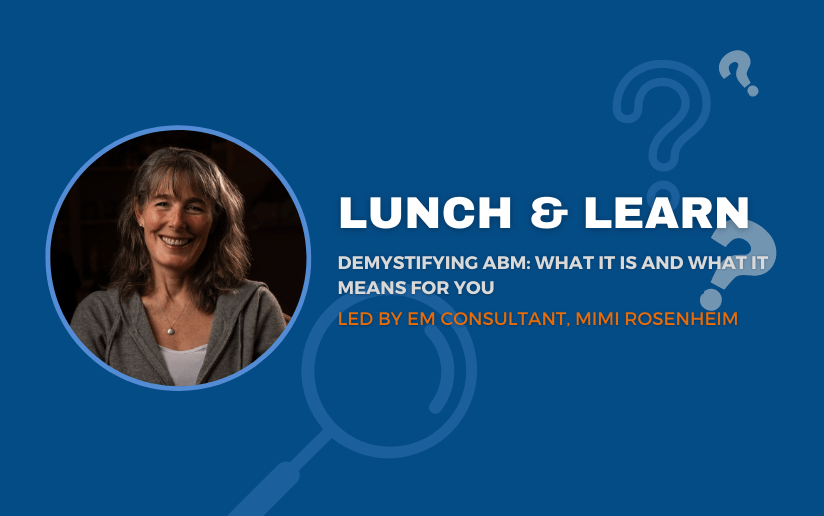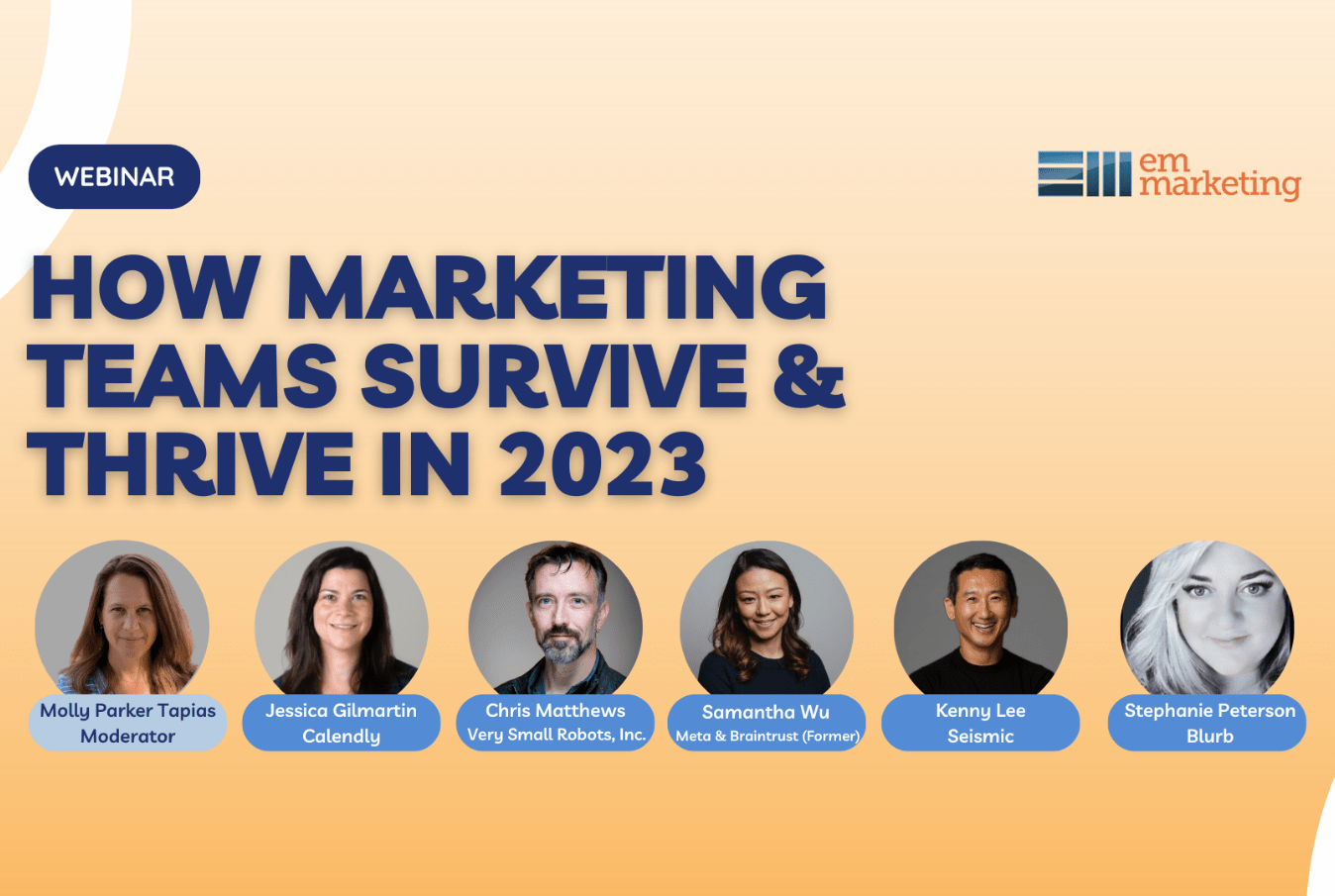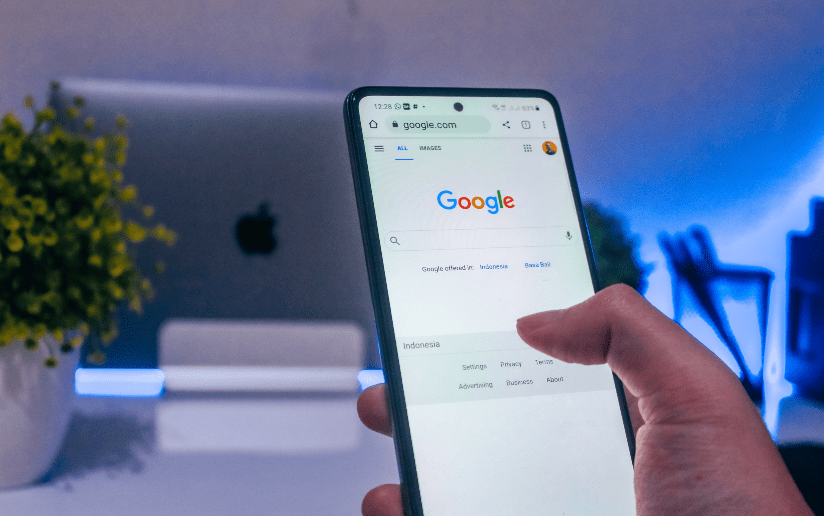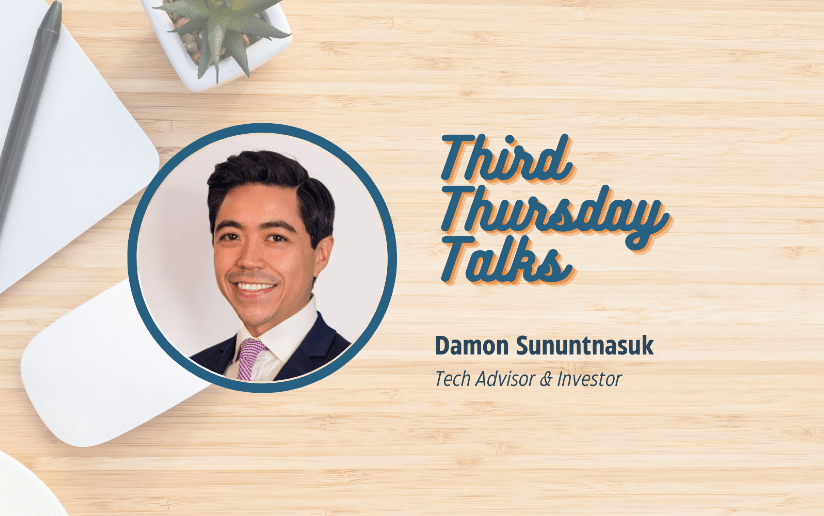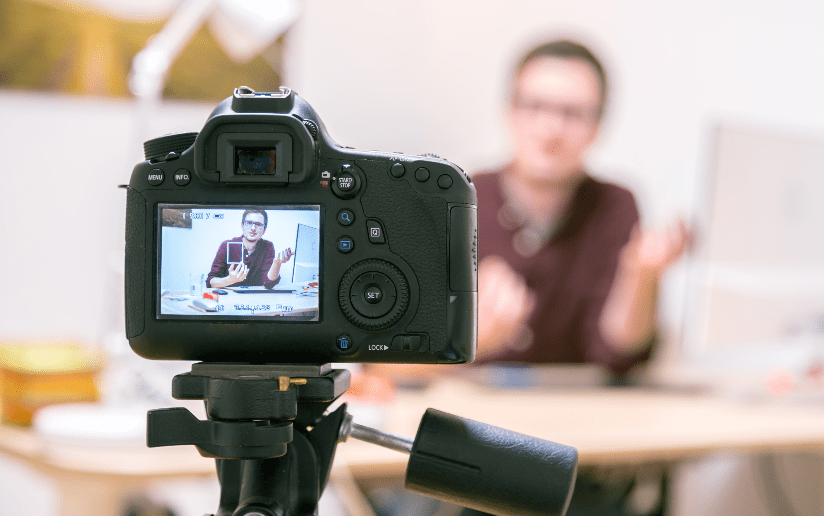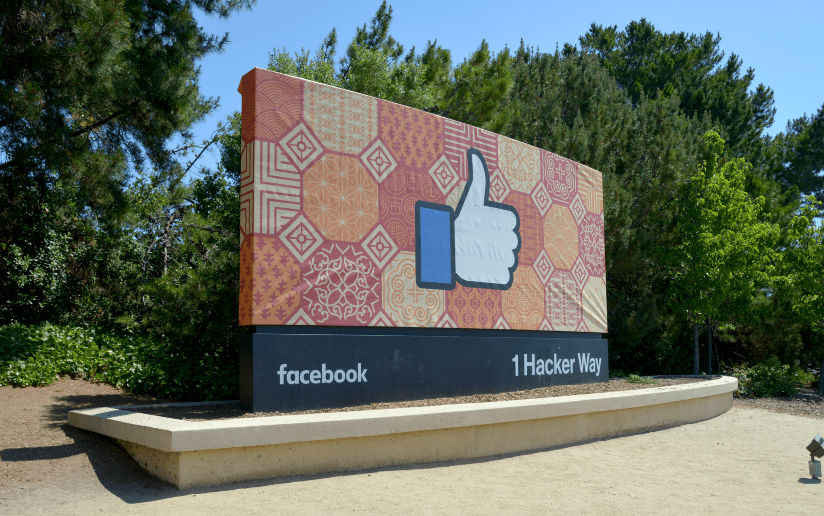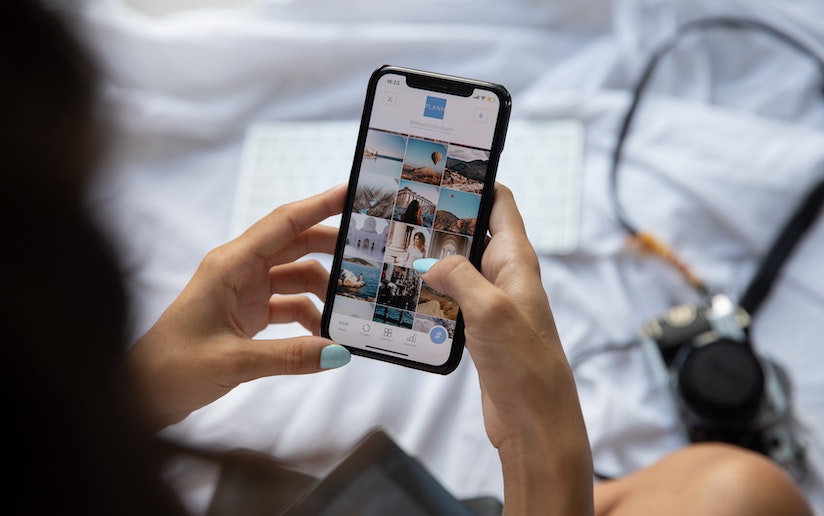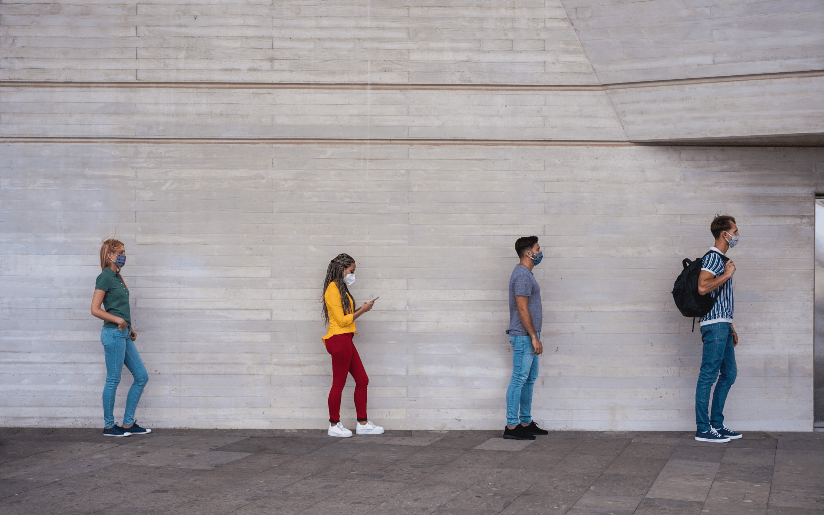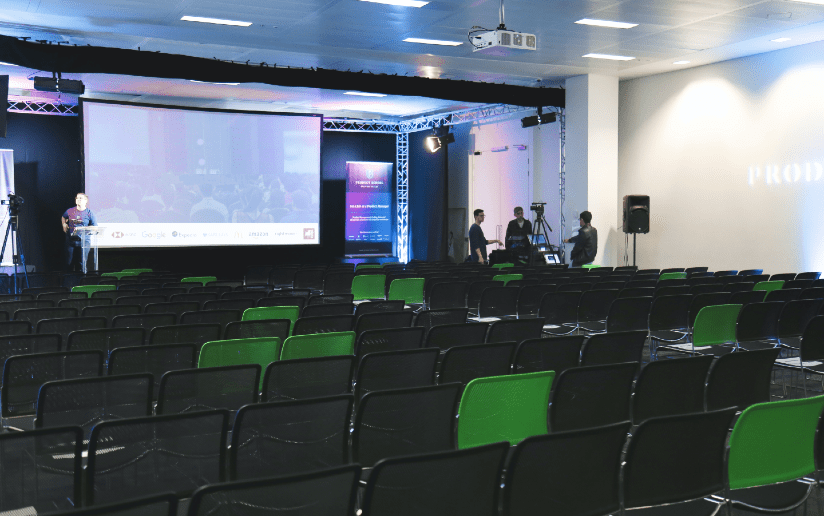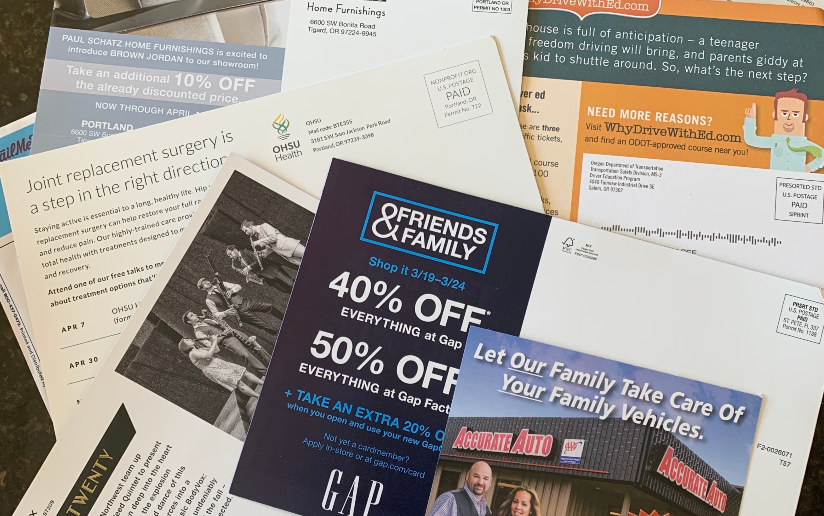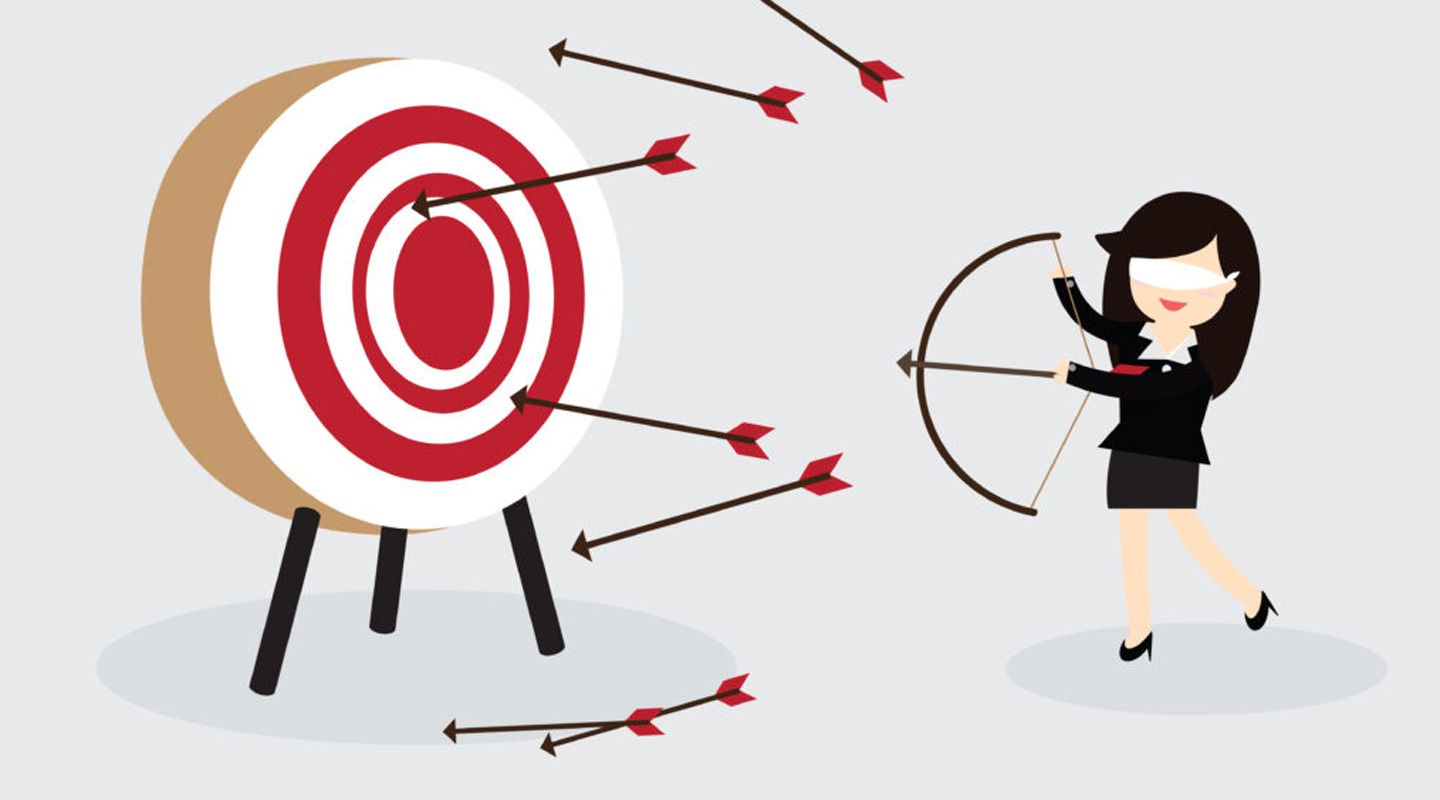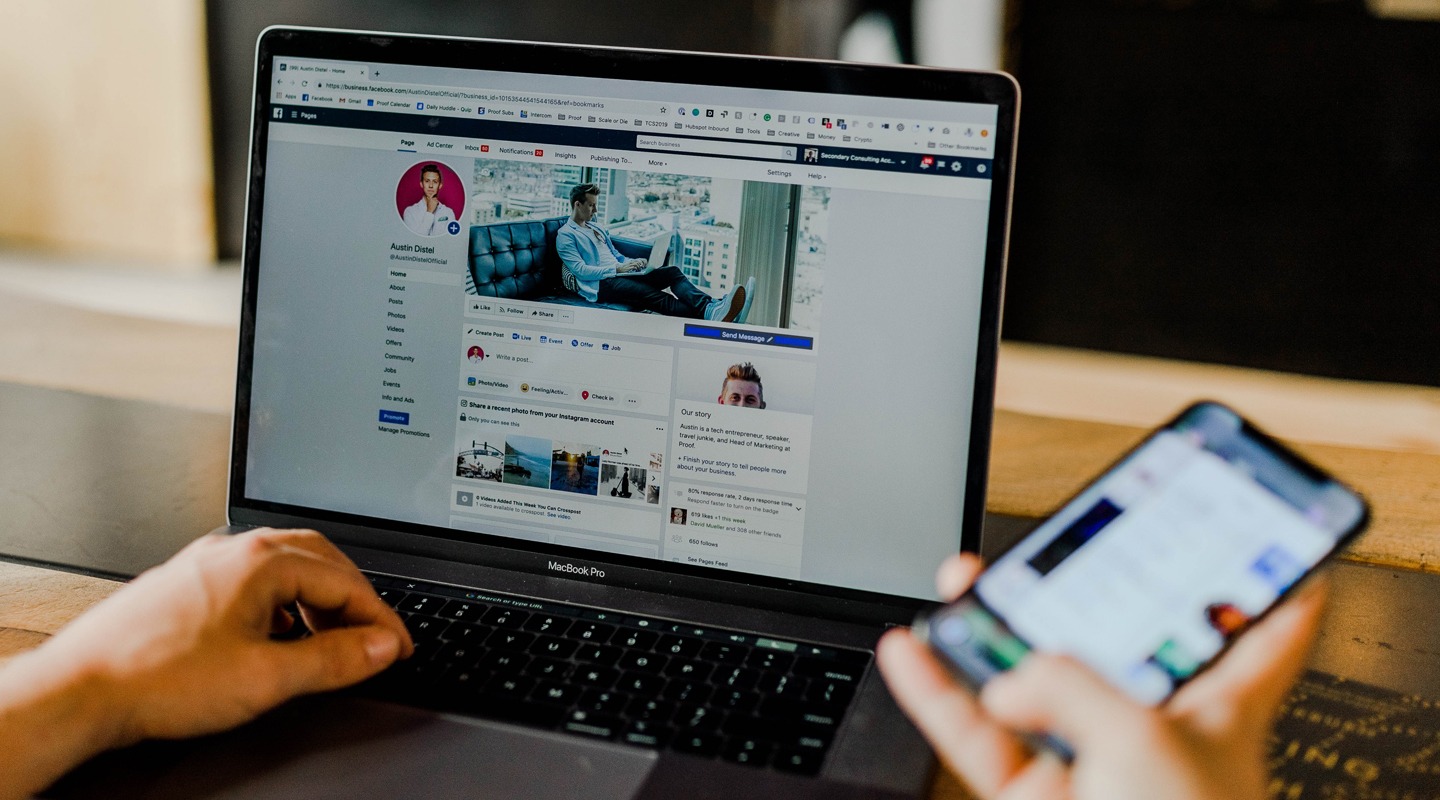
7 Ways the Pandemic Will Change the Future of Field Marketing
Field marketing was hit hard by the pandemic. When regional in person events came to a screeching halt, field marketers were quick to pivot to webinars and virtual events. Had work from home only lasted for a few weeks, they might easily have gone back to business as usual. Instead, they were forced to experiment, be more collaborative and lean on each other for help.
While few field marketers would say they have it all figured out, it wasn’t a lost year. There were plenty of lessons learned that will reshape the function and perhaps better position it for future success.
I spoke with four field marketers about their experiences over the past year, and how they think things will shape up as we gradually make our way toward being able to again gather in person:
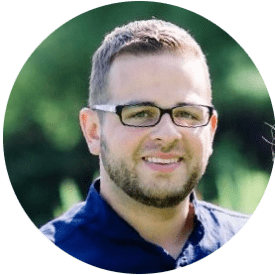 , Director of Account-Based & Field Marketing at Alyce
, Director of Account-Based & Field Marketing at Alyce
 , Field Marketing & Junior Digital Manager at Meltwater
, Field Marketing & Junior Digital Manager at Meltwater
 , Field Marketing Manager at Adobe
, Field Marketing Manager at Adobe
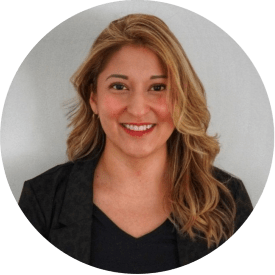 , Sr. Manager of Account-Based & Field Marketing Botify
, Sr. Manager of Account-Based & Field Marketing Botify
Here’s what they had to say:
1. Tighter alignment with sales
“My first field marketing job was 95% putting on events, and I basically took orders from the sales team,” says Bennett. “There was some talk of partnering with sales, and of marketing contributing to pipeline and revenue, but nobody was really doing it. About two years ago, I started to see the emergence of the modern day field marketer, which is very revenue-driven and actively partnering with sales to drive pipeline and revenue.”
Even stubbornly independent sales reps are embracing the change. “They’re doing anything that they can to leverage marketing and customer success to help,” he says. “Sales reps are starting to understand it’s more of a team sport, and if you’re in a true revenue organization, everyone’s contributing to help close business.”
One of the keys to a productive partnership is speaking sales’ language and always looking for ways to partner. Some sales experience doesn’t hurt either, says Nielsen, who spent a year and a half in sales prior to her role in field marketing. “Field marketing in my eyes is the bridge between marketing and sales, because we do so much client and external facing work,” she said. “I feel like it’s a very big benefit having been on the sales side.”
2. Field Marketing meets Account Based Marketing
With virtual events the only game in town, competition for Zoom eyeballs has become fierce. That’s led to more ABM-style collaboration with sales. “We all get so many invitations to webinars that you really have to personalize and give people a specific reason why you are inviting them,” says Nielsen. “It can’t be, ‘I’m inviting you because you’re a marketer.’ It has to be, ‘I’m inviting you because of A, B, C and I really want you to come because I think we can provide you with X value.”
To get to those specific, personalized reasons requires working in tandem with sales to make sure that they’re reaching out to the right people. “What was once a targeted and one-to-many approach has very much become a one-to-few, one-to-one, which is the ABM approach,” says Romo.
3. A bigger field
Nielsen, whose team was doing three in-person events a month and one webinar before COVID quickly switched over to all webinar programming, and saw attendance rise. “One of the biggest benefits was not being restricted to people in a geographic region,” she says. “We were able to reach many more people at one time.”
That does present some problems – and opportunities. “Say you want to have a cooking/dinner kind of event. You don’t want people on the West Coast to be eating at 2:00 pm, or the folks on the East Coast to be eating at 9:00 at night,” says Harden. One solution she found: doing two smaller events instead of one big one.
For field marketers like Romo, whose remit includes customer marketing, the removal of geographic constraints has made it easier to get customers to participate in a webinar or QBR remotely. One the downside, you have to be aware of other stressors (such as webinar fatigue) that customers may be experiencing, she says.
4. More intimate events
Small online events were the surprise hit of COVID, delivering intimacy that all four interviewees say they want to try to keep.
“The biggest thing I’ve seen success with during COVID is these smaller roundtables where you get 5 to 10 executives from your top accounts together,” said Bennett. “Maybe you bring in a thought leader. You just have a conversation. It’s laid back; it’s not salesy. I’ve seen that help cut through the noise.” The challenge is to get people to attend. “You still need strong messaging and tactics to get them to actually see the invite,” he says.
For Harden, 30-50 people was more the norm for a small event, with the feeling of intimacy coming from the programming. For example, in one event series, attendees were able to cook along with Chef Michael Symon from Food Network while he made a recipe at his home kitchen in the Hamptons. His son was operating the video camera, and people were able to get live help executing the recipe.
“You got to see his home, and his family,” says Harden. “His granddaughter ran on camera the first time we had it. And the last recipe we had was something his grandmother used to cook.” She’d consider replicating that format, even when in person events return. “I just don’t think you’re going to get the same intimacy at a big event with everyone standing around watching him cook,” she said.
Small online events were the surprise hit of COVID, delivering intimacy that all four interviewees say they want to try to keep.
5. A call to be more relevant
One benefit of the expanded field is the ability to deliver more relevant webinar content. “We have two audiences – the traditional PR communications professional, and a more digital marketing, social media, tech savvy professional,” says Nielsen. “Wider reach lets us tailor content to the job title or industry. When our focus was regional, we couldn’t afford to break it down that much and still get a large enough pool of people.”
Also driving content relevancy: Zoom overload. “We all sit in back-to-back meetings, so you have to be very empathetic,” says Romo. “How do we make it worthwhile and not a sales script? Without staying really relevant, we won’t get that traction that we need.”
6. Perfecting hybrid events
Even as in person events return, it may take a long time for people to feel comfortable at a physical event, so most in person events will include a virtual component. That may become the new norm because of the opportunity to reach people who may not have the ability, time or budget to travel.
“I think that it’s going to be a hybrid model going forward, because these virtual event platforms have made it so easy to feel like you’re part of the event without actually being there,” said Bennett. “The content and the experience has been getting better and better.”
till, hybrid events are a work in progress. “Right now there’s no way anybody could say we know how to get the leads in the door and how to keep them,” says Romo. “I also know from other field marketers that we have not yet committed 100% to what platforms and concepts we’re going to use. We’re all testing the waters, and seeing what is potentially repeatable.”
7. More community building
One pleasant surprise has been a growing sense of community among field marketers. “I have felt an immense sense of community lately – something I didn’t feel prior to COVID,” says Romo. “We’re all struggling to reach people and share ideas with one another. It’s been wonderful to find a group that has the same concerns.”
For his part, Bennett has seen tremendous success tapping into that community spirit on LinkedIn with daily posts about field marketing. “I’ve been posting every single day since last March,” he says. During that time, he’s grown his audience from 2,000 to almost 17,000 on LinkedIn, where his posts have become a hot spot for field marketing conversation and advice.
Taken together, the lessons learned from the changes thrust upon field marketers points to it becoming a more strategic role in the future, requiring skills well beyond Bennett’s early career “events order taker” role.
“I would say it’s changed, but changed for the better,” says Romo. “It’s helped us challenge ourselves to see how we can do things in a different way. It has definitely been a bit frustrating, but it’s also a new space that gives us a unique opportunity to grow. Not just within our organization, but personally and career-wise.”



